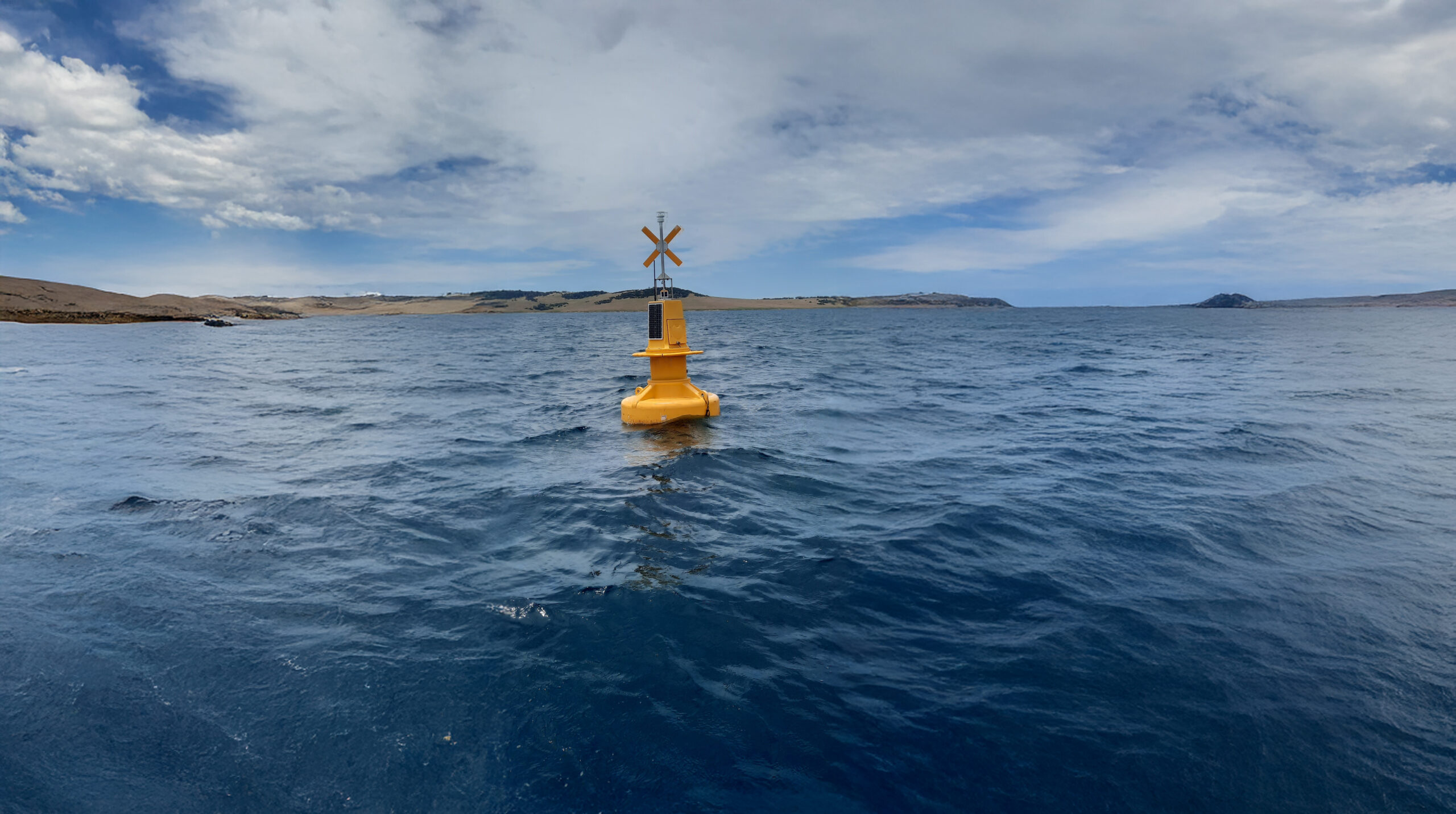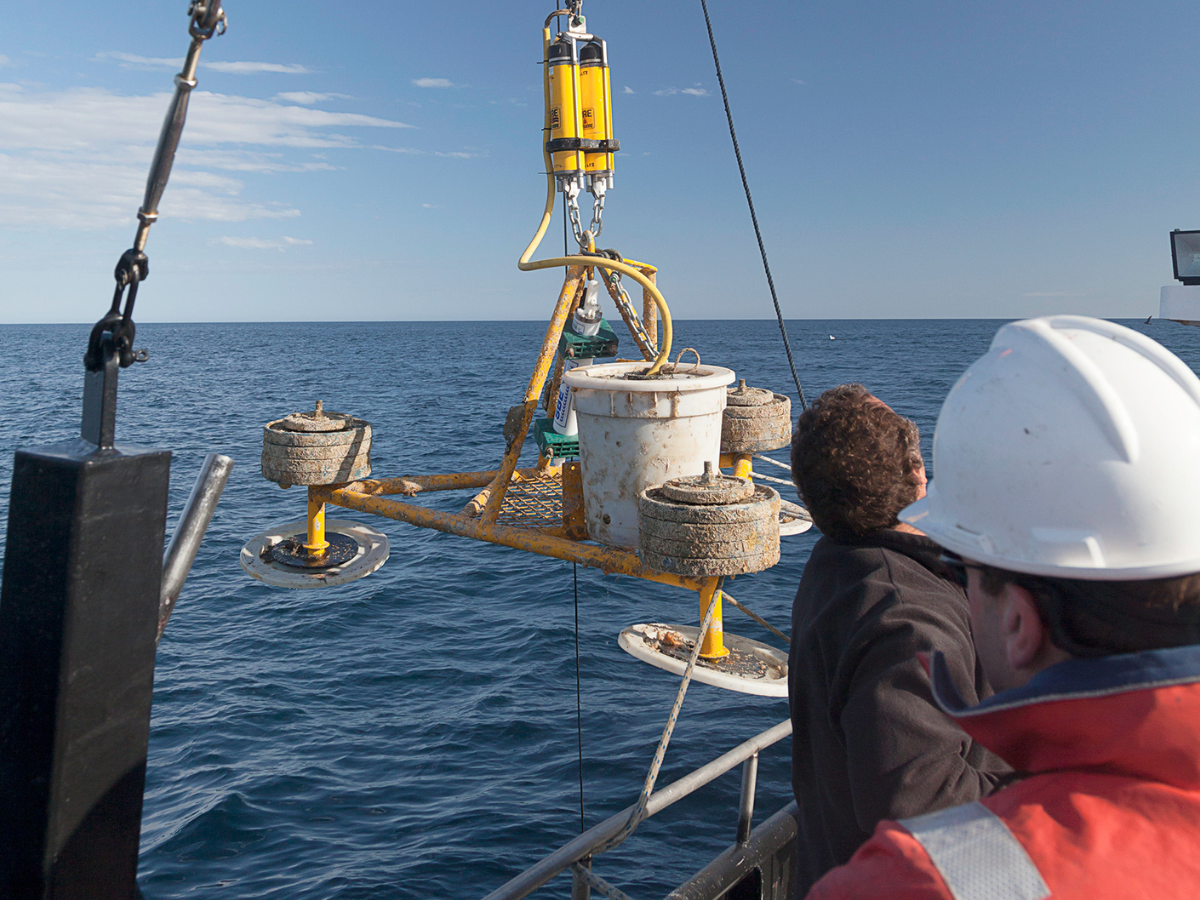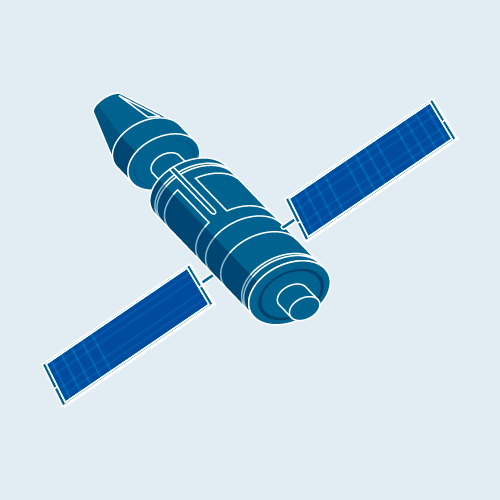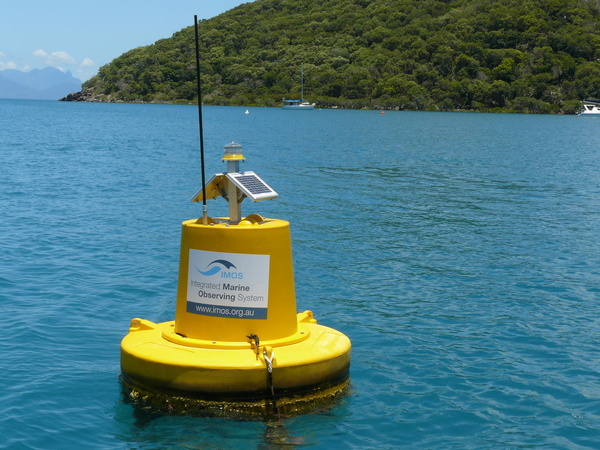What is the Integrated Marine Observing System?
Australia’s Integrated Marine Observing System (IMOS) has been operating a wide range of observing equipment throughout Australia’s coastal and open oceans since 2006. IMOS makes all of its data openly and freely accessible to the marine and climate science community, other stakeholders and users, and international collaborators.
Australia’s Integrated Marine Observing System (IMOS) is enabled by the National Collaborative Research Infrastructure Strategy (NCRIS). It is operated by a consortium of institutions as an unincorporated joint venture, with the University of Tasmania as Lead Agent.
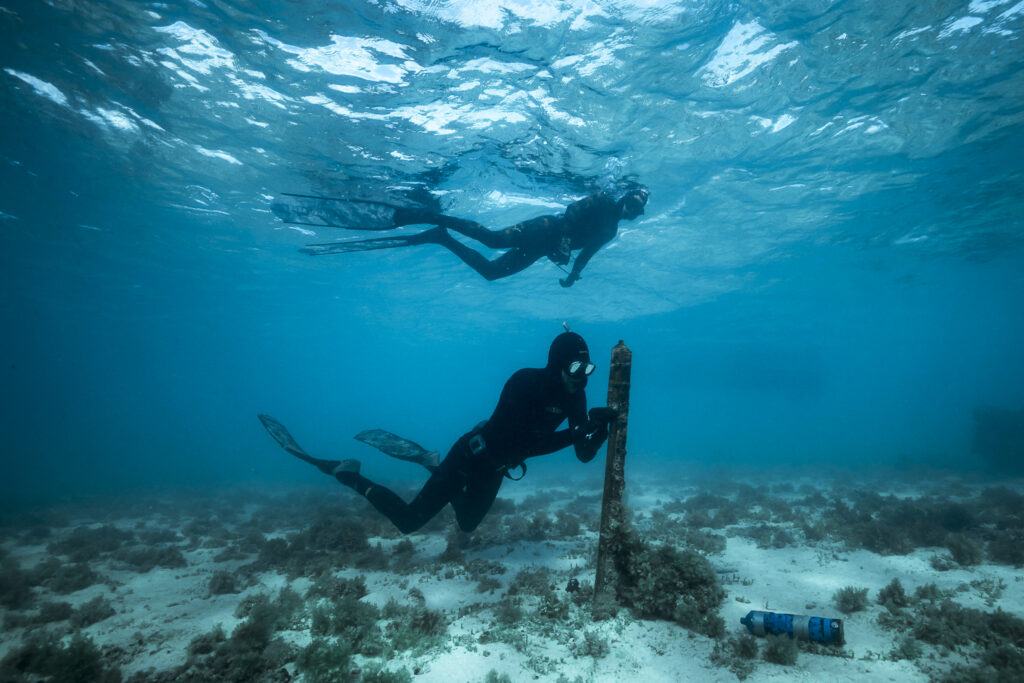
 Fabrice Jaine
Fabrice Jaine
Principal participants
Associate participants
How does IMOS work?
- IMOS is designed to be a fully-integrated, national system, observing at ocean-basin and regional scales, and covering physical, chemical and biological variables.
- IMOS Facilities, operated by seven different institutions within the National Innovation System, are funded to deploy equipment and deliver data streams for use by the entire Australian marine and climate science community and its international collaborators.
IMOS observations are guided by science planning undertaken collaboratively across the Nodes of the Australian marine and climate science community with input from government, industry and other stakeholders. There are five major research themes that unify IMOS science plans and related observations:
Long-term ocean change ∙ Climate variability & extremes ∙ Boundary currents ∙ Continental shelf & coastal processes ∙ Ecosystem responses

Systematic and sustained observing
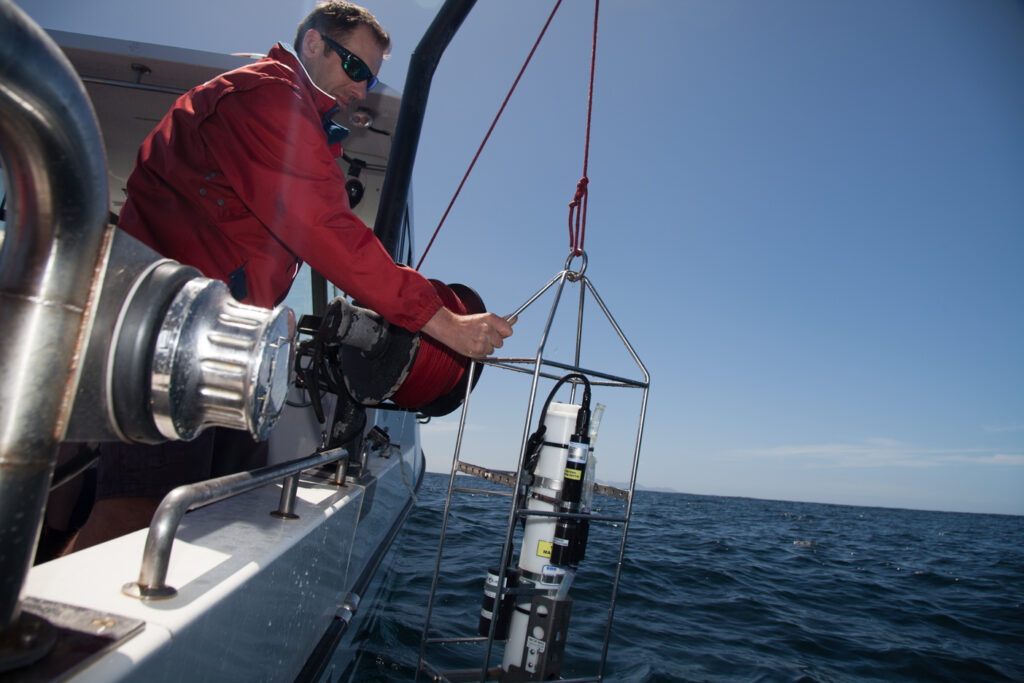
 Carlie Devine, CSIRO
Carlie Devine, CSIRO
Internationally peer-reviewed planning
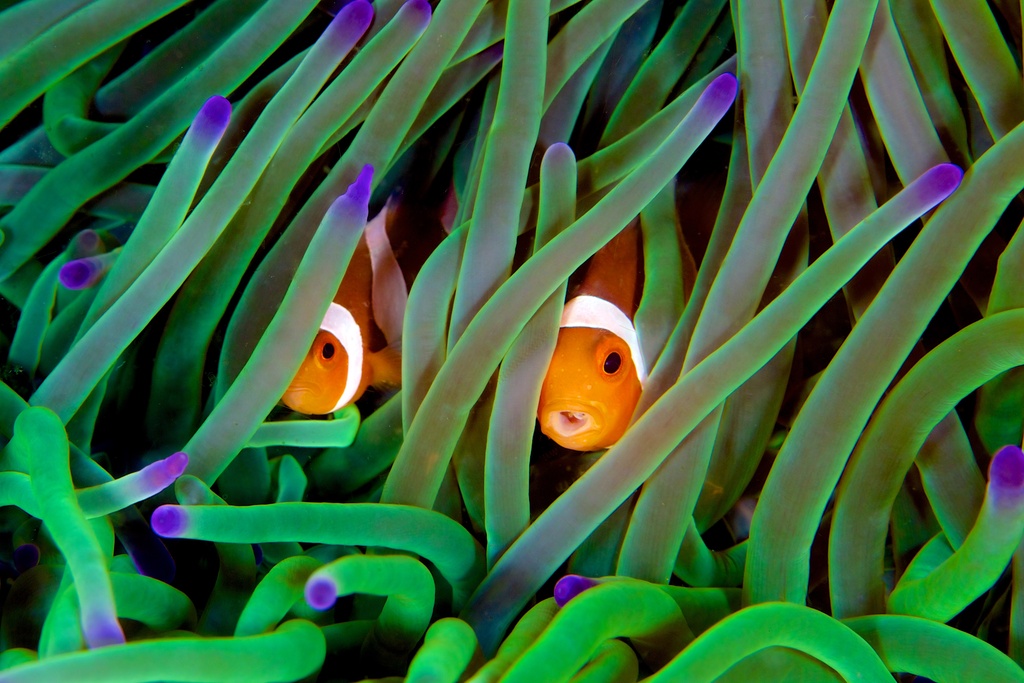
13 Facilities and observing platforms


